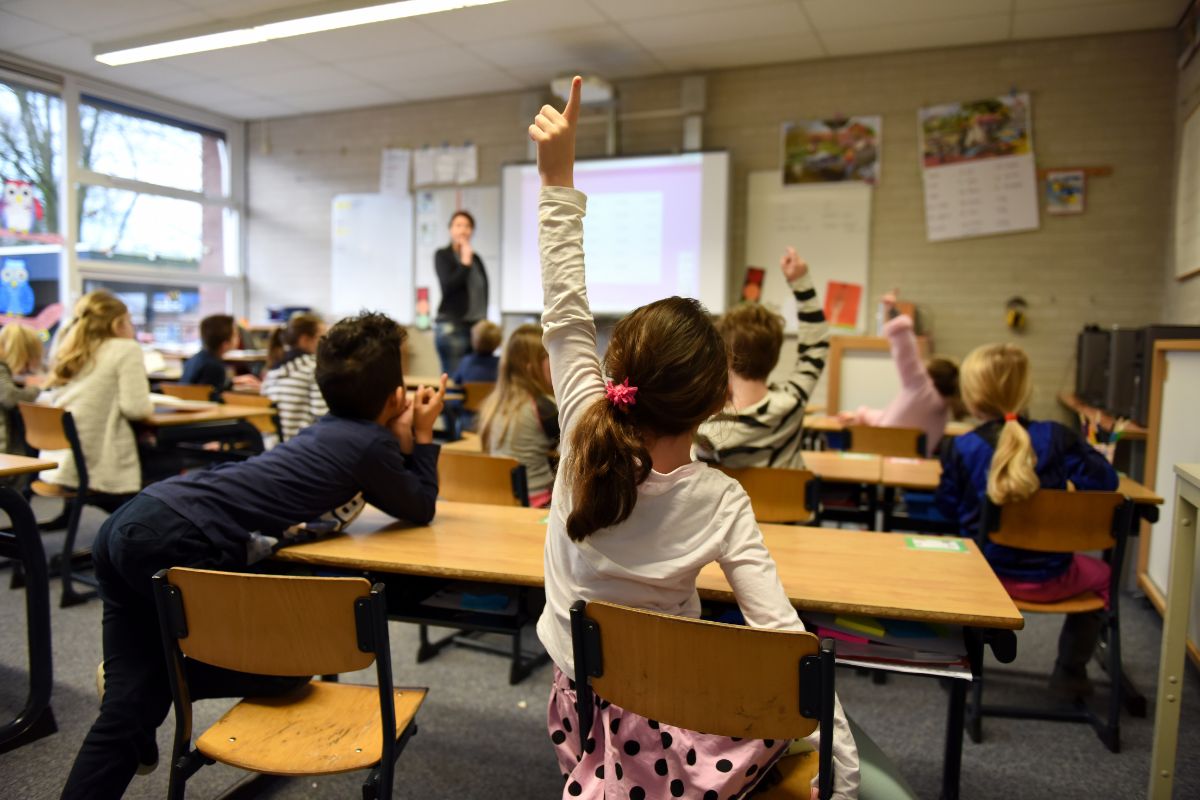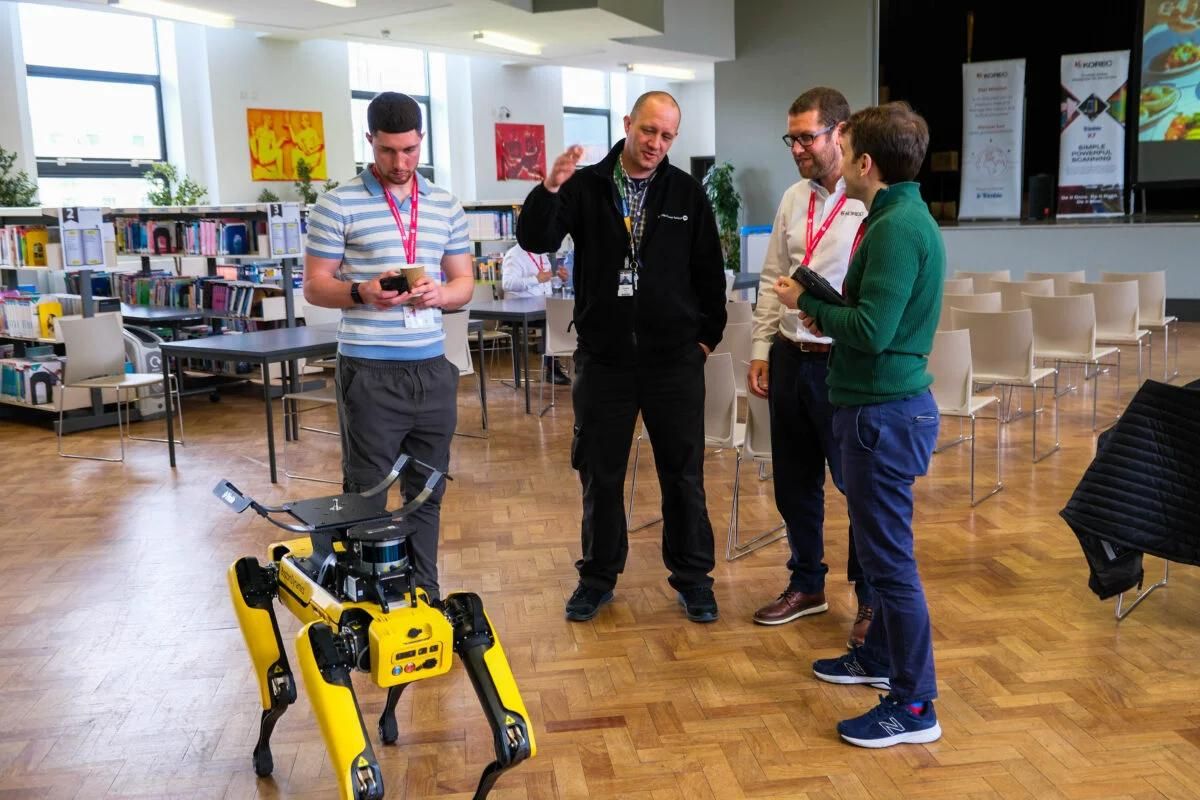3 Recommendations for the Future of Technology in Education

Technology will play an important role in the future of education. However, schools will need to strike the right balance between tech-driven approaches and human expertise. Cicy Ding of WuKong Education unpacks three recommendations for educators to consider as they embark on this journey toward a tech-oriented classroom.
Test scores released from the National Assessment of Educational Progress show that the math and reading performance of 13-year-olds in the United States has hit its lowest level in decades. Experts say this drop is the result of the pandemic-related shift to online learning in 2020 when these students were 10 years old, a critical time for developing foundational reading and math skills.
As teachers look for ways to address this gap, technology can help whether it’s deployed in the classroom or via online and hybrid learning formats. Technology will be especially important to engage younger generations. Experts already predict that our youngest students, Generation Alpha (born after 2013), will be even more “digital forward” than Generation Z (born between 1997 and 2012).
However, as with any learning solution, the technology must be deployed properly to achieve maximum benefit. Educators must seek out solutions that customize content according to students’ unique learning styles and offer insight into student performance. They should also approach new technologies, like AI, carefully. Here are three recommendations for educators to keep in mind when implementing new technology to ensure these innovative tools complement their own expertise.
Work Towards Personalised Learning
A one-size-fits-all teaching approach does not work for all students. Each student learns best with different learning environments, tools, and methods. In larger classrooms, it’s challenging for teachers to cater to the unique learning styles of each student.
Online education platforms help teachers deliver the level of individualized instruction students need. These solutions supplement students’ classroom learning, reinforcing critical content in a way that’s best suited to them. With live group classes, one-to-one instruction and self-paced learning, these platforms cater to all types of learning styles. They can also easily collect data on student progress to identify and focus on areas for improvement.
The interactive component of personalized, online learning platforms is also critical to maximize student success. Students in online courses retain 25% more knowledge with gamified learning. This type of interactive content mimics the video games students enjoy and motivates them to achieve learning goals, so parents don’t have to remind them to complete assignments.
Gain Better Insight into Student Outcomes
The concept of the data-driven classroom is not new. In 2015, 78% of teachers reported that data helps validate the progress students have made in their learning journeys and helps establish reasonable future goals. Meanwhile, 61% of teachers reported that data and digital tools make them better instructors.
With recent advances in AI and big data, the possibilities for data-driven teaching both inside the classroom and via online learning formats have expanded significantly. Teachers no longer have to wait until there’s an assessment to see how well students are responding to their instruction. Instead, they can receive data-driven insights in real time and tailor their instruction to different student needs.
Take a math lesson, for instance. After delivering a lesson and presenting new concepts to students, the teacher assigns homework problems for them to submit digitally. This way, the teacher doesn’t have to spend time grading each problem, and the online platform can collect learning data. The platform scores student submissions in seconds, so teachers can immediately review data that pinpoints each student’s challenges. For example, teachers can see whether a student is struggling with multi-step problems or if there are other gaps in the student’s math education. With so much insight into where students are facing challenges, the teacher can better target and customize instruction, which can, in turn, lead to higher rates of student retention.
Data-driven insights can also help teachers test new learning modes and formats. For instance, they can explore how group work supports student learning and problem-solving and how interactive visual elements can better engage students. Educators can use those insights to design more effective learning solutions and create learning environments that address student challenges.
Approach AI with Optimism and Caution
Students are quickly turning to generative AI solutions, like ChatGPT, to support their course work. This has caused some concern among educators and school districts. Some districts have banned the use of ChatGPT altogether, purchasing AI detection software to make sure students are not relying on the AI platform to complete their coursework. At the same time, AI has the potential to enhance learning outcomes — when deployed correctly.
AI can support both teachers and students. Teachers can use AI-based tools to quickly create lesson plans and interactive content that engages students. Additionally, educators can deploy an AI-powered platform where students can complete supplementary enrichment outside the classroom and receive support tailored to their unique learning needs. By collecting data on each student’s performance, these platforms give teachers the insights they need to better understand their students’ progress.
Successfully leveraging AI in education is all about balance. As the U.S. Department of Education finetunes its approach to AI, it is looking to collaborate with school districts and educators to create a shared vision for AI, design AI models according to current learning objectives, and emphasize the important role human knowledge and intuition will continue to play in education. Students must understand that they cannot rely solely on AI, and teachers need to learn how to apply insights from AI platforms to enhance their teaching.
Find the Right Balance Between Technology and Human Expertise
As technology advances to support more aspects of education, school districts will need to ensure they deploy the right balance of tech-driven insight and the expertise of live teachers. As teachers aim to increase student test scores and learning retention, they can integrate technology into the classroom in new and thoughtful ways to help their students catch up and succeed.
By Cicy Ding, Co-founder and Head of Education at WuKong Education
FE News on the go…
Welcome to FE News on the go, the podcast that delivers exclusive articles from the world of further education straight to your ears.
We are experimenting with Artificial Intelligence to make our exclusive articles even more accessible while also automating the process for our team of project managers.
In each episode, our thought leaders and sector influencers will delve into the most pressing issues facing the FE sector, offering their insights and analysis on the latest news, trends, and developments.











Responses